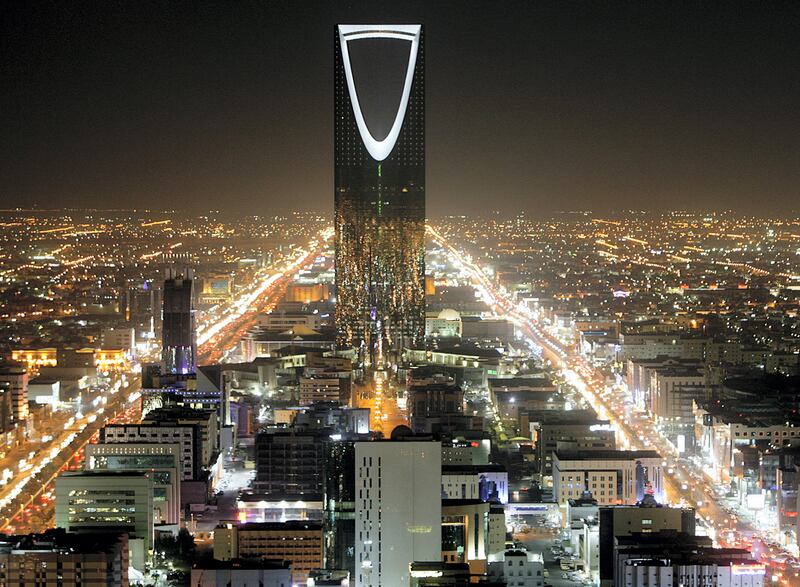The Saudi Central Bank’s 50 billion Saudi riyals ($13bn) support package for the kingdom’s lenders is expected to ease their near-term liquidity needs and help boost lending, according to a new report from S&P Global Ratings.
Banks need private and public sector deposits to continue growing and expand their lending book, the report said.
Overall, the kingdom’s “banking system continues to be in a net external asset position, underpinning our view of the strength of the system's funding profile”, it added.
Lenders in Saudi Arabia have continued to perform well this year as oil prices have risen and the kingdom recovers from the coronavirus pandemic.
Saudi National Bank, the kingdom's largest lender by assets, reported a 32 per cent jump in its first-quarter profit as a result of higher operating income. Other banks also reported higher profits.
The Arab world's largest economy grew 9.9 per cent in the first quarter of 2022 to record the highest rate of growth in the last 10 years amid increased activity in the oil sector, the latest government data shows.
Banks in the kingdom expanded by about 15 per cent in 2020-2021 due to mortgages, consumer loans and lending to small and medium enterprises, and the trend is expected to continue in 2022-23 with lending “expanding by 10 to 12 per cent”, S&P said.
“This time, we anticipate that the expansion would be fuelled by corporate lending, as Vision 2030 projects take off, and mortgages, although to a lesser extent, as the market progressively becomes saturated,” S&P said.
“We assume that a large portion of this growth will be financed by an increase in customer deposits.”
The kingdom is diversifying its economy and is boosting spending on infrastructure and real estate projects. including the development of the $500 billion futuristic city Neom and a number of other tourism megaprojects.
Banks in Saudi Arabia are also expected to benefit from interest rate rises this year, as they record an increase in profit and register a potential shift from demand deposits to savings accounts, S&P said in April.
For every increase in the benchmark interest rate of 100 basis points, lenders in the kingdom are expected to record a rise in net profit of 13 per cent and return on equity of 1.5 percentage points, it said.
Earlier this month, the central banks of the UAE, Saudi Arabia, Bahrain, Kuwait and Qatar increased their benchmark borrowing rates in line with the US Federal Reserve's decision to raise its key interest rate to control spiralling inflation.
Most central banks in the GCC follow policy rate moves by the Fed because of the peg of their currencies to the US dollar.







